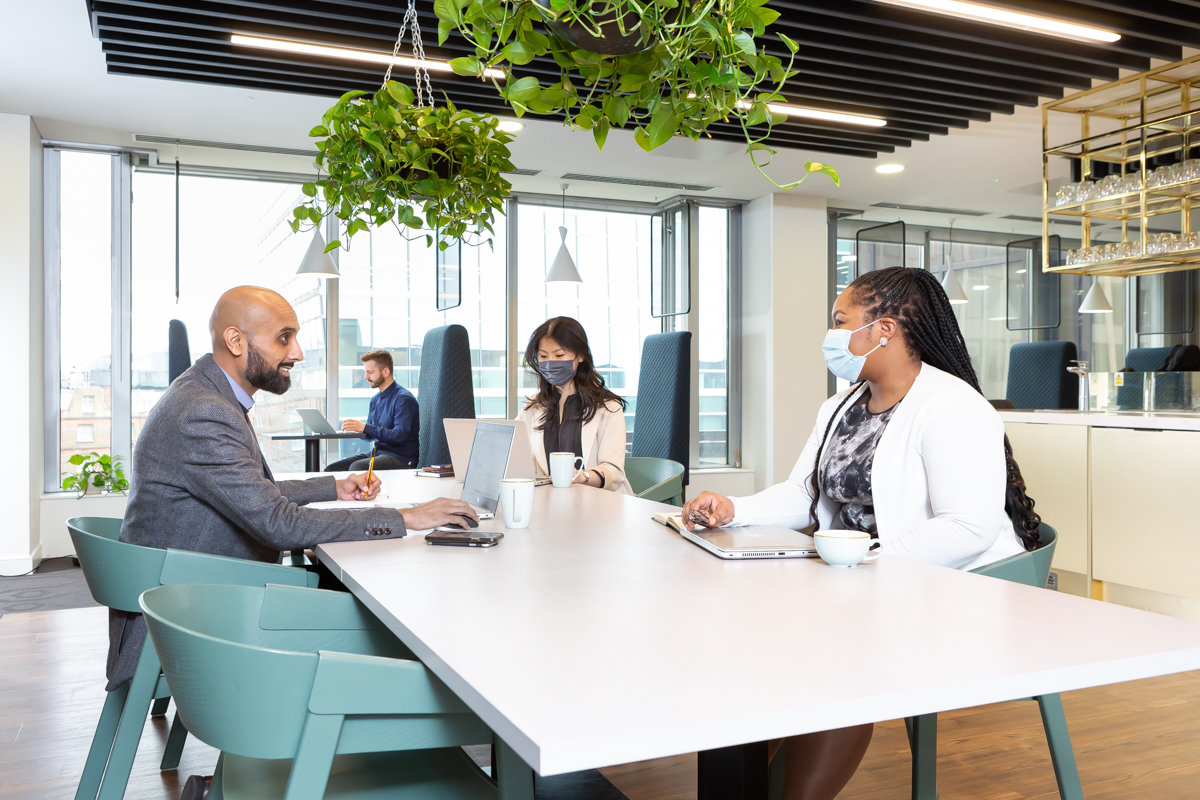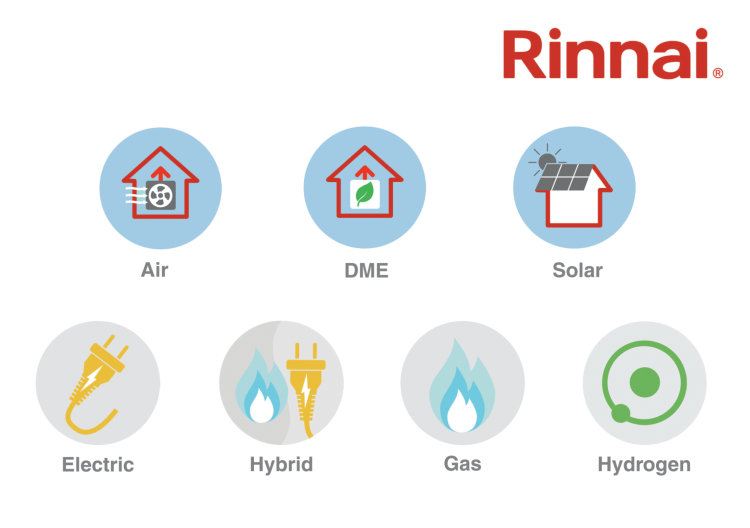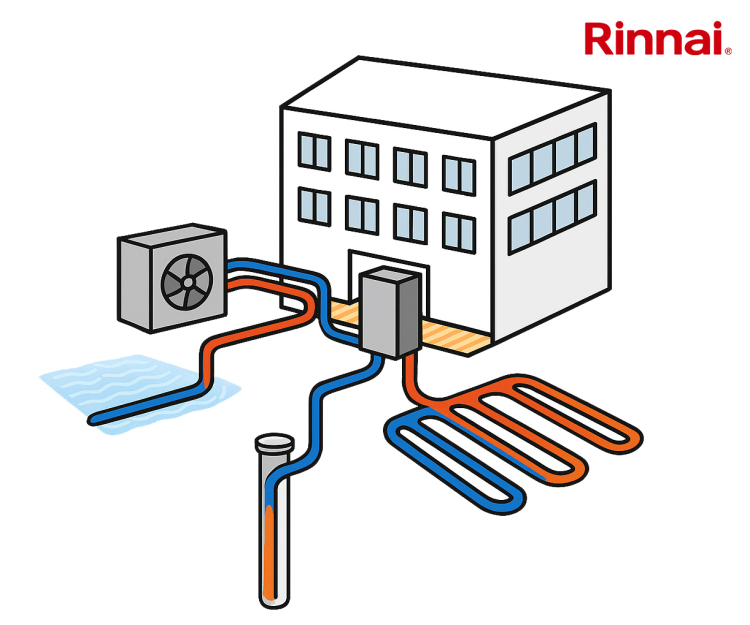- Content
- Opinion
- Embracing People-Centric Design to Encourage Office Returns
17 August 2021
Is people-centric design the key to making sure organisations make the best use of their physical real estate?
Ed Cowell is the Chief Executive Officer of Landmark, a provider of flexible workspaces across the UK and part of the OCS Group. Prior to joining Landmark, Cowell served as CEO of Fraikin Limited and has also held senior roles at G4S and Barclays. Landmark offers clients the capability of creating people-centric bespoke workplaces tailored to their needs, because every working day matters.
_j.jpg)
Picture: a photograph of Ed Cowell
What Value Does the Workplace Hold?
Over the past several months, we have seen countless announcements from some of the world’s biggest companies about their plans to shift their staff to hybrid working models. Organisations like Ford, Siemens, Amazon, SAP, Microsoft, Google, and Facebook have all decided to embrace flexibility for their people, while some big firms including Goldman Sachs have taken a hard stance on requiring staff to return to their offices worldwide.
Yet, we have not seen much talk about any big firms completely eliminating the office for all staff. Why might that be? Are leaders looking for control, or just unsure with what to do with all of the office space they maintain? Or does the workplace provide value that we may be overlooking?
"If you are asking your people to come back into the office full time or for most of the week, expect that they will want justification for why. Leaders need to present sound reasoning for how the office creates value that working from home full-time does not."
The Office Value-Add
In a recent survey, nearly a quarter of UK businesses reported wanting their people back in the office full-time and a further 28 per cent want to keep remote work to a maximum of one to two days per week. In contrast, only 17 per cent of staff want a full-time return. The same survey found that cash incentivisation would entice 43 per cent of professionals back to the office, but this may end up being too costly for some businesses to offer so the value needs to come from the office itself. Now that we know work can be done from anywhere, why do we need the office?
This is the critical question that leaders need to be able to answer for their team. If you are asking your people to come back into the office full time or for most of the week, expect that they will want justification for why. Leaders need to present sound reasoning for how the office creates value that working from home full-time does not. The best way to determine this value is to find out what is important to your staff and work from there.
.png)
Embracing People-Centric Design
The office as we’ve known it conjures up mental images of sterile-looking white walls and endless rows of cubicles. It is not the most enticing place to go back to. The design of your facilities matters to your people for more than just aesthetic purposes. Several psychological studies have found correlations between working environments and staff’s levels of motivation, productivity, and overall wellbeing.
This drives home a lesson that we have learned through the challenges of the last year: for maximum effectiveness, the workplace needs to become more than just a place that we go to do work. Without your people, your facilities are just rooms and furniture. The office is a tool that helps staff do the real work that drives the business and therefore, it should be a helping hand rather than a hindrance.
The concept of people-centric design involves putting the needs of your people at the heart of your workplace setup and creating an environment that helps them make the most of their working day. For this to be successful, you will need to have dialogues with and learn from the perspectives of your people. You could conduct interviews or focus groups, or you could harness the power of technology. The Curve AI does this very successfully. Their founder Ben Curtis explains:
“The best workplaces are those that are equal parts inspiring, productive, and empathetic, but those concepts are completely abstract and might mean different things to different organisations. No one is going to give you better insight than your own people. At The Curve, we use AR technologies, data reporting, and an advanced evaluation and feedback tool created from the expertise of designers and workplace consultants to provide advanced insights into what is and is not working within our clients' organisations.
"Once there's an understanding of how people want to get out of their day, then you can design the workplace around that. The outcome is workspaces that bring those abstract concepts to life and provide value for staff who made the trip in.”
Shaping the Future
Towards the end of last year, Landmark partnered with The Curve for a survey of how our clients across the UK use our flexible office spaces. The findings revealed a strong focus on collaboration and co-working activities. This matches up with other research into how staff would like to use the office post-COVID.
It seems that the real value the office adds is bringing people together to collaborate, brainstorm, and problem-solve. Understanding this and creating spaces that support such activity should be the top priority for leaders looking to bring their staff back into the office. One option is to keep independent work remote and bring people in on specific days for co-working and strategy sessions.
But you may find your people have other needs. For example, you may have many young team members who share their accommodation with others and would prefer to have a designated space to do their independent work. Every professional is different, and the office should not be approached as a one-size-fits-all environment.
Opening up the conversation with your people about how they want to work will help you to design a workplace that enables that. That way, your organisation reaps the benefits of a happier, more productive team and your people feel supported.
Picture: a photograph of a group of people working at a desk, two of which are wearing face masks.
Article written by Ed Cowell | Published 17 August 2021
Share
Related Articles
Cluttons Reports That Commercial Real Estate Continues to Show Strong Performance
Quarterly figures from Cluttons show the commercial property market’s continued strong recovery – but how long can this realistically last?
Despite a...
Read Full Article
Facilio Raises $35m in Series B Financing
Facilio, the AI-driven property operations platform, has raised $35 million in Series B financing led by Dragoneer Investment Group, with participation from Brookfield...
Read Full Article
Is the Onus on FMs to Prove the Office is Better Than Home?
When it comes to persuading a mass return to the office, do facilities managers hold the most influence?
In this guest piece, Richard Morris from technologywithin...
Read Full Article
The Redundancy of Real Estate – and How to Avoid it
PropTech expert Antony Slumbers tells us that even though customers don’t need an office, it’s real estate’s job to demonstrate why they should want...
Read Full Article
Soft Service Costs Increased by 8% in 2024, Says Colliers
Colliers’ latest Occupier Cost Index shows costs remain out of step with occupancy, with soft services increasing by 8 per cent in 2024.
The Occupier Cost Index...
Read Full Article
SFG20 Introduces World’s First AI Asset-to-Schedule Mapping Software
SFG20’s latest software module uses AI to identify the appropriate maintenance for assets, reducing manual asset-to-schedule mapping time by up to 95 per...
Read Full Article
Driverless Taxis to be Introduced in London by 2026
Autonomous taxi service Waymo is set to arrive in London by 2026, marking the brand’s first move into Europe.
Waymo’s latest models operate using cameras,...
Read Full Article
Why FM is Central to the UK’s Digital Future
The Tech Prosperity Deal between the UK and the US could present a huge growth opportunity for the facilities management sector.
In this Opinion piece, Richard Sykes,...
Read Full Article
RICS Publishes Global Standard on AI Use in Surveying
The Royal Institution of Chartered Surveyors has developed a new standard for the responsible use of artificial intelligence in surveying practice.
The standard will...
Read Full Article
Ballymore Named Development Partner for Limmo Peninsula
Ballymore has been selected as the joint venture partner for Places for London’s Limmo Peninsula project.
Transport for London’s (TfL) commercial...
Read Full Article

.gif)


.gif)

.gif)


_j.jpg)
.png)




.png)

